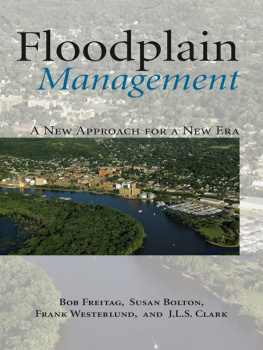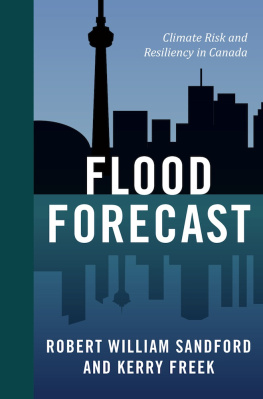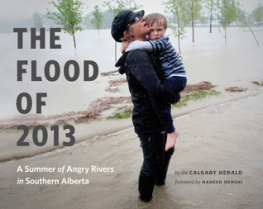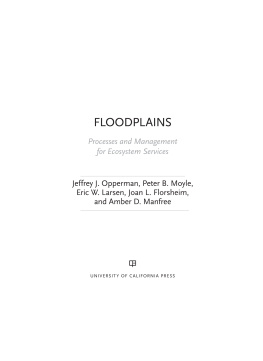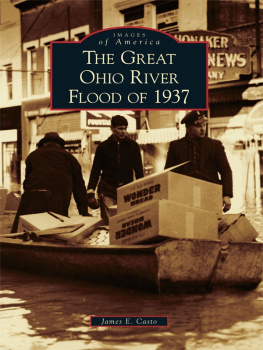Bob Freitag - Floodplain Management: A New Approach for a New Era
Here you can read online Bob Freitag - Floodplain Management: A New Approach for a New Era full text of the book (entire story) in english for free. Download pdf and epub, get meaning, cover and reviews about this ebook. year: 2012, publisher: Island Press, genre: Politics. Description of the work, (preface) as well as reviews are available. Best literature library LitArk.com created for fans of good reading and offers a wide selection of genres:
Romance novel
Science fiction
Adventure
Detective
Science
History
Home and family
Prose
Art
Politics
Computer
Non-fiction
Religion
Business
Children
Humor
Choose a favorite category and find really read worthwhile books. Enjoy immersion in the world of imagination, feel the emotions of the characters or learn something new for yourself, make an fascinating discovery.
- Book:Floodplain Management: A New Approach for a New Era
- Author:
- Publisher:Island Press
- Genre:
- Year:2012
- Rating:4 / 5
- Favourites:Add to favourites
- Your mark:
Floodplain Management: A New Approach for a New Era: summary, description and annotation
We offer to read an annotation, description, summary or preface (depends on what the author of the book "Floodplain Management: A New Approach for a New Era" wrote himself). If you haven't found the necessary information about the book — write in the comments, we will try to find it.
A flooding river is very hard to stop. Many residents of the United States have discovered this the hard way. Right now, over five million Americans hold flood insurance policies from the National Flood Insurance Program, which estimates that flooding causes at least six billion dollars in damages every year. Like rivers after a rainstorm, the financial costs are rising along with the toll on residents. And the worst is probably yet to come. Most scientists believe that global climate change will result in increases in flooding.
The authors of this book present a straightforward argument: the time to stop a flooding rivers is before is before it floods. Floodplain Management outlines a new paradigm for flood management, one that emphasizes cost-effective, long-term success by integrating physical, chemical, and biological systems with our societal capabilities. It describes our present flood management practices, which are often based on dam or levee projects that do not incorporate the latest understandings about river processes. And it suggests that a better solution is to work with the natural tendencies of the river: retreat from the floodplain by preventing future development (and sometimes even removing existing structures); accommodate the effects of floodwaters with building practices; and protect assets with nonstructural measures if possible, and with large structural projects only if absolutely necessary.
Bob Freitag: author's other books
Who wrote Floodplain Management: A New Approach for a New Era? Find out the surname, the name of the author of the book and a list of all author's works by series.

